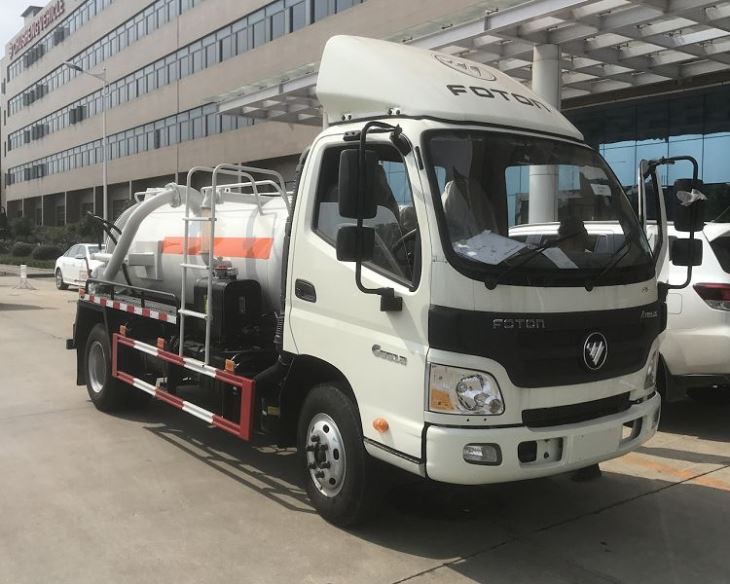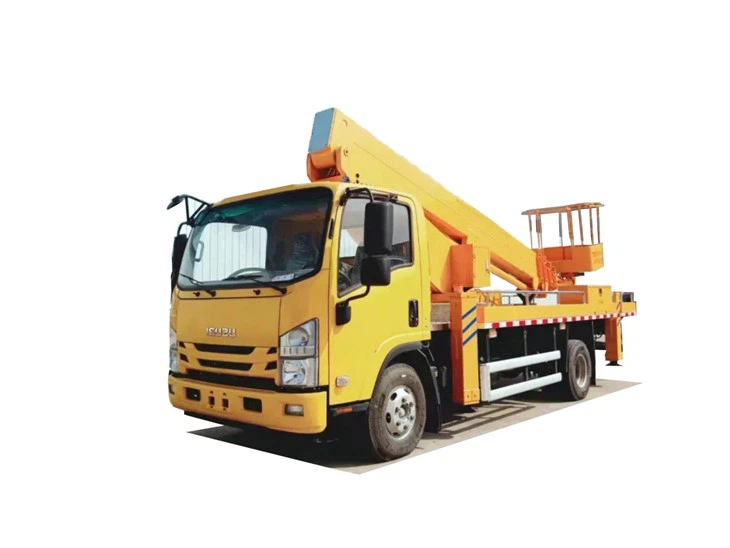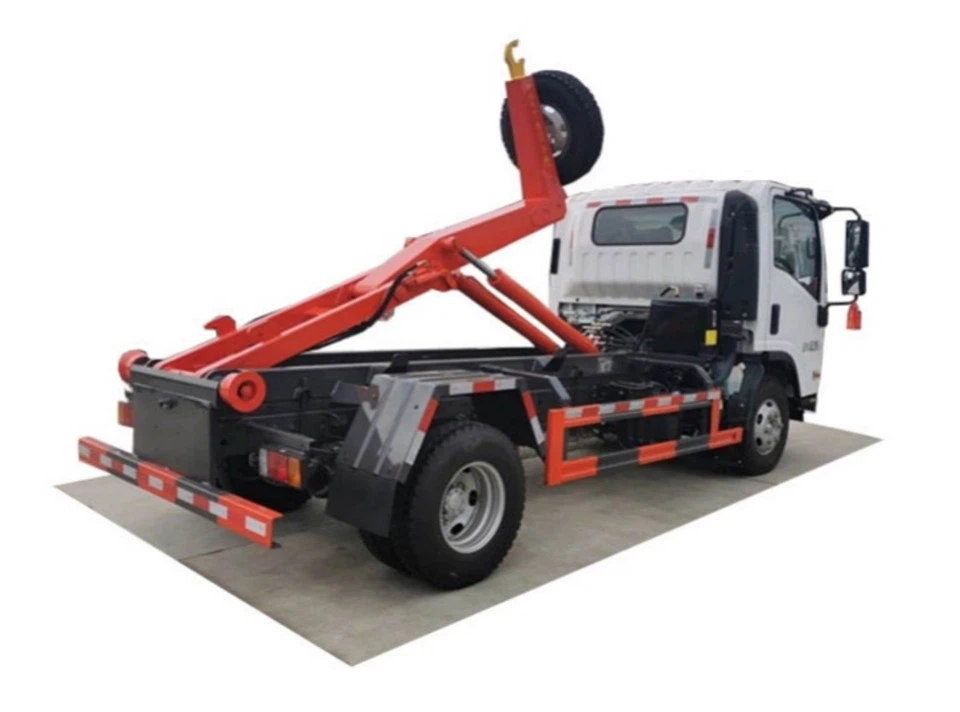Unlocking the Magic of Wizard Mechanical: A Comprehensive Guide

Introduction
The world of design and engineering has seen a rapid evolution, with various tools and technologies shaping how we bring ideas to life. One such innovative tool is the “wizard mechanical.” This term refers to a specialized mechanical design software that assists engineers and designers in creating complex models and simulations with ease. In this article, we will dive deep into the functionalities of wizard mechanical, explore its applications, benefits, and compare it with traditional design methodologies. By the end, you’ll have a thorough understanding of how wizard mechanical can enhance your engineering projects.
What is Wizard Mechanical?
Wizard mechanical is an advanced software tool used for mechanical design and simulation. Unlike general CAD software, wizard mechanical is tailored to streamline the design process through automated functionalities that simplify complex tasks. It allows users to create 3D models, conduct simulations, and analyze mechanical systems effectively and efficiently.
Key Features
- 3D Modeling: Create intricate 3D models of mechanical parts and assemblies.
- Simulation Tools: Run simulations to test the performance of designs under various conditions.
- Automated Workflows: Reduce manual effort by automating repetitive tasks.
- Collaboration Tools: Facilitate teamwork through cloud-based sharing and real-time collaboration.
- Integration Capabilities: Integrate with other engineering software for enhanced functionality.
The Importance of Wizard Mechanical in Engineering
The use of wizard mechanical has transformed the landscape of mechanical engineering. It plays a critical role in reducing time and cost associated with product development. Here are some specific areas where wizard mechanical has significant impacts:
1. Faster Prototyping
With wizard mechanical, engineers can quickly create prototypes and iterate designs, which streamlines the development cycle. This leads to faster testing and validation, as designs can be adjusted in real time based on simulation results.
2. Improved Accuracy
Wizard mechanical employs advanced algorithms that improve the accuracy of mechanical designs. This minimizes errors that often occur in traditional design processes, ensuring that the final product meets specifications.
3. Enhanced Collaboration
Modern engineering often involves collaboration between teams across different locations. Wizard mechanical’s cloud capabilities allow for seamless sharing of designs, facilitating better communication and collective problem-solving.
4. Cost Efficiency
The automation in wizard mechanical reduces labor costs associated with manual drafting and design. Companies can allocate resources more effectively, leading to significant savings in overall project costs.
How to Get Started with Wizard Mechanical
If you’re new to wizard mechanical, here’s a step-by-step guide to help you get started.
Step 1: Software Installation
First, you will need to download and install the wizard mechanical software from the official website. Follow the installation prompts to set it up on your machine.
Step 2: Familiarize Yourself with the Interface
Once installed, spend some time exploring the user interface. Familiarize yourself with the toolbar, workspaces, and available templates to understand how the software is structured.
Step 3: Create Your First Model
- Open a new project.
- Select a template that suits your design needs.
- Utilize the 3D modeling tools to create your first mechanical part.
- Save your project regularly to avoid any loss of progress.
Step 4: Run Simulations

After creating a model, use the simulation tools provided to test its design. You can simulate various stress conditions and optimize the model accordingly.
Step 5: Collaborate and Share
Share your designs with team members for feedback using the collaboration tools available in wizard mechanical. This will enhance the quality of your work through team input.

Practical Examples of Wizard Mechanical Applications
Understanding the applicability of wizard mechanical can offer insight into how it can be used in real-world scenarios. Here are some practical examples:
1. Automotive Design
Engineers in the automotive industry use wizard mechanical to design and test vehicle components. By running simulations on parts like brakes and suspensions, they ensure safety and performance standards are met before physical prototypes are built.
2. Aerospace Engineering

In aerospace, the precision of parts is crucial. Wizard mechanical helps engineers model aircraft components while simulating various flight conditions, ensuring that every part can withstand the stresses of real-world application.
3. Consumer Products
For businesses creating consumer products, wizard mechanical is invaluable in iterating design features based on user feedback. Rapid prototyping and testing speed up the overall design process, leading to quicker market releases.
Comparing Wizard Mechanical to Traditional Design Software
Automation vs. Manual Work
Traditional design software often requires manual input for repetitive tasks, while wizard mechanical automates many of these processes, allowing for greater efficiency.
Simulation Capabilities
While traditional software can offer some simulation tools, wizard mechanical specializes in this area, providing advanced options for testing designs under realistic conditions.
Collaboration Features
Many traditional systems lack built-in collaboration tools, making teamwork cumbersome. Wizard mechanical’s cloud features allow multiple users to collaborate in real time.
Tips for Maximizing Your Use of Wizard Mechanical
1. Utilize Online Resources
Many tutorials and forums are available online where users share tips and tricks on using wizard mechanical more effectively. Don’t hesitate to engage with these communities.
2. Attend Workshops and Training Sessions
Look for workshops or training sessions offered by the software provider. These sessions can provide in-depth knowledge and practical skills that can help enhance your proficiency with the tool.
3. Regularly Update Your Software
Keep your wizard mechanical software updated to ensure you have the latest features and security improvements. This helps you stay competitive in the fast-evolving field of mechanical design.
FAQs About Wizard Mechanical
1. What industries commonly use wizard mechanical?
Wizard mechanical is commonly used in automotive, aerospace, consumer products, and manufacturing industries due to its advanced design and simulation capabilities.
2. Is wizard mechanical difficult to learn?
While it can be complex initially, there are many resources available, including tutorials and community forums, that can help users learn effectively.
3. Can I use wizard mechanical for complex simulations?
Yes, wizard mechanical is specifically designed for complex simulations, providing tools to analyze various mechanical stresses and performance characteristics accurately.
4. What are the system requirements to run wizard mechanical?
The specific system requirements can vary based on the version, but generally, it requires a modern operating system, sufficient RAM, and a compatible graphics card for optimal performance. Always check the official website for the latest specifications.
5. Does wizard mechanical offer customer support?
Yes, most versions of wizard mechanical come with customer support, including technical assistance and access to a knowledge base for troubleshooting issues.
6. How can I integrate wizard mechanical with other software?
Wizard mechanical is designed to integrate seamlessly with various other engineering software through plugins and file compatibility, facilitating an efficient workflow across different platforms.
